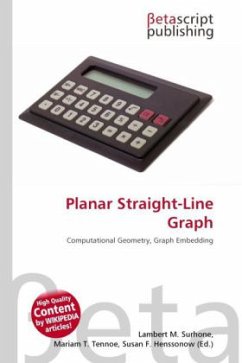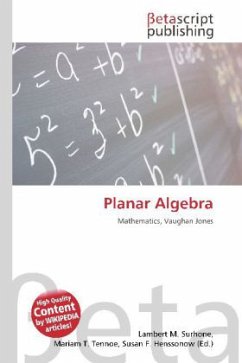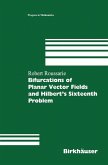High Quality Content by WIKIPEDIA articles! Planar straight-line graph (PSLG) is a term used in computational geometry for an embedding of a planar graph in the plane such that its edges are mapped into straight line segments. Fáry's theorem (1948) states that every planar graph has this kind of embedding. In computational geometry PSLGs have often been called planar subdivisions, with an assumption or assertion that subdivisions are polygonal. A PSLG without vertices of degree 1 defines a subdivision of the plane into polygonal regions and vice versa. The absence of vertices of degree 1 simplifies descriptions of various algorithms, but it is not essential. PSLGs may serve as representations of various maps, e.g., geographical maps in geographical information systems. Special cases of PSLGs are triangulations (polygon triangulation, point set triangulation). Point set triangulations are maximal PSLGs in the sense that it is impossible to add straight edges to them. Triangulations have numerous applications in various areas.
Bitte wählen Sie Ihr Anliegen aus.
Rechnungen
Retourenschein anfordern
Bestellstatus
Storno








